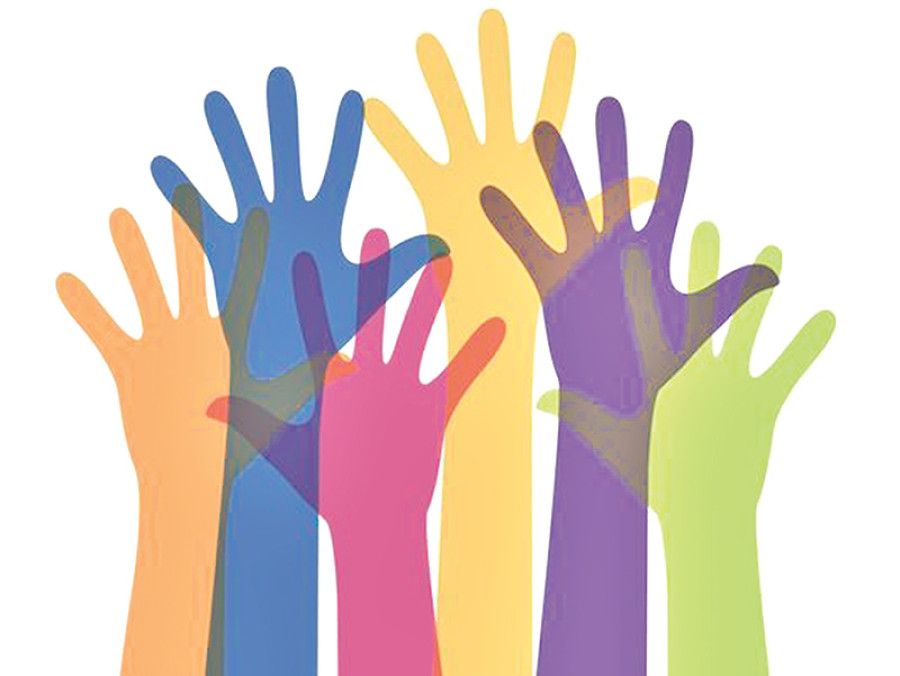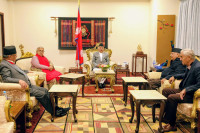Opinion
Times change, mindsets don’t
For how many more years will the people need to wait to see an inclusive Nepal?
Raj Pariyar
One of the items on the agenda of the decade-long Maoist conflict was eliminating discrimination based on caste. Likewise, People’s Movement II culminated with the establishment of a federal republic where Nepal’s diverse communities would have equal opportunities. However, Dalits, who make up 13.8 percent of the national population, seem to have been forgotten over time, and they remain underrepresented in mainstream politics and governance.
In the recent elections to the House of Representatives and provincial assemblies, Dalits won very few seats in comparison to their population. Out of the 495 seats up for grabs in the two elections under the first-past-the-post (FPTP) system, Dalits won only 1.41 percent of the seats. Likewise, Dalits and persons with disabilities each make up 11.88 percent in the 59-member National Assembly, which is an underrepresentation of the Dalit community.
Dalits are not concentrated in any one place in Nepal; they live scattered throughout the country. However, there are large Dalit populations in several districts of Provinces 2, 4, 6 and 7. According to the 2011 census, Dalits make up 17.3, 17.4, 23.3 and 17.3 percent of the population in these provinces. Saptari, Siraha, Baglung and the hill districts of Provinces 6 and 7 hold large Dalit populations.
Various high-level positions have been created at the provincial level under the new federal system. Each province has a provincial chief, chief minister, provincial speaker and deputy speaker. However, not one Dalit has been nominated to any of these 28 posts. This is not an issue of caste; this is an issue of power sharing on an equal basis with backward communities.
Not enough diversity
The communist parties often speak about uplifting the proletariat, but it has not happened. Most of the positions (53.57 percent) are held by Brahmin, Chhetri, Thakuri and Sanyasi people. Janajati people hold 32.14 percent of the posts, and Madhesi and Muslim people account for 14.29 percent of the posts. In terms of gender, males account for 78.57 percent of the 28 top positions at the provincial level. Only one provincial chief and five provincial deputy speakers are women.
Dalits had hoped to be nominated as candidates to any suitable position, but the major political parties were not interested in Dalit candidates. The left alliance has a strong vote base, so there was no risk of losing the election; but there was not enough interest in the political leadership to promote minority representation. Likewise, in the recent presidential election, the only representation belonged to the Khas Arya grouping. Nepal has had Madhesi and female Brahmin presidents, Madhesi and Janajati vice-presidents and Janajati speakers. This was a suitable time to provide an opportunity to the Dalit community to be president, vice-president or deputy speaker.
Actions speak louder than words
People’s Movement II and the Maoist conflict had sought to create a new Nepal. But the left alliance only provided election tickets to those candidates who had a strong chance of winning. The weak status of Dalit leaders did not help to get tickets to contest in the polls. In addition, most Dalit leaders are from a poor economic background and could not manage the necessary financial resources. The political atmosphere was not supportive for Dalit leaders as the parties had no plans to create inclusive institutions. Similarly, Madhes-based parties and the Nepali Congress had no interest in providing tickets to Dalit leaders.
How can there be a ‘new’ Nepal when we are stuck with the old political mindset? This is the third election after the country became a federal republic. This was a suitable time to show how inclusive Nepal is. Inclusive governance in itself is progress and a sign of prosperity. It is generally believed that communist parties support the agenda of the proletariat. Since the left alliance holds a majority of the seats in the National Assembly, House of Representatives and Provincial Assemblies, this is an opportunity to address the concerns of the Dalit community. For how many more years will the people need to wait to see an inclusive Nepal? Only chanting popular political slogans is not the way to make a new Nepal.
Pariyar holds a postgraduate degree in geography from Tribhuvan University and works in the field of development, disaster risk management and social inclusion




 8.12°C Kathmandu
8.12°C Kathmandu











